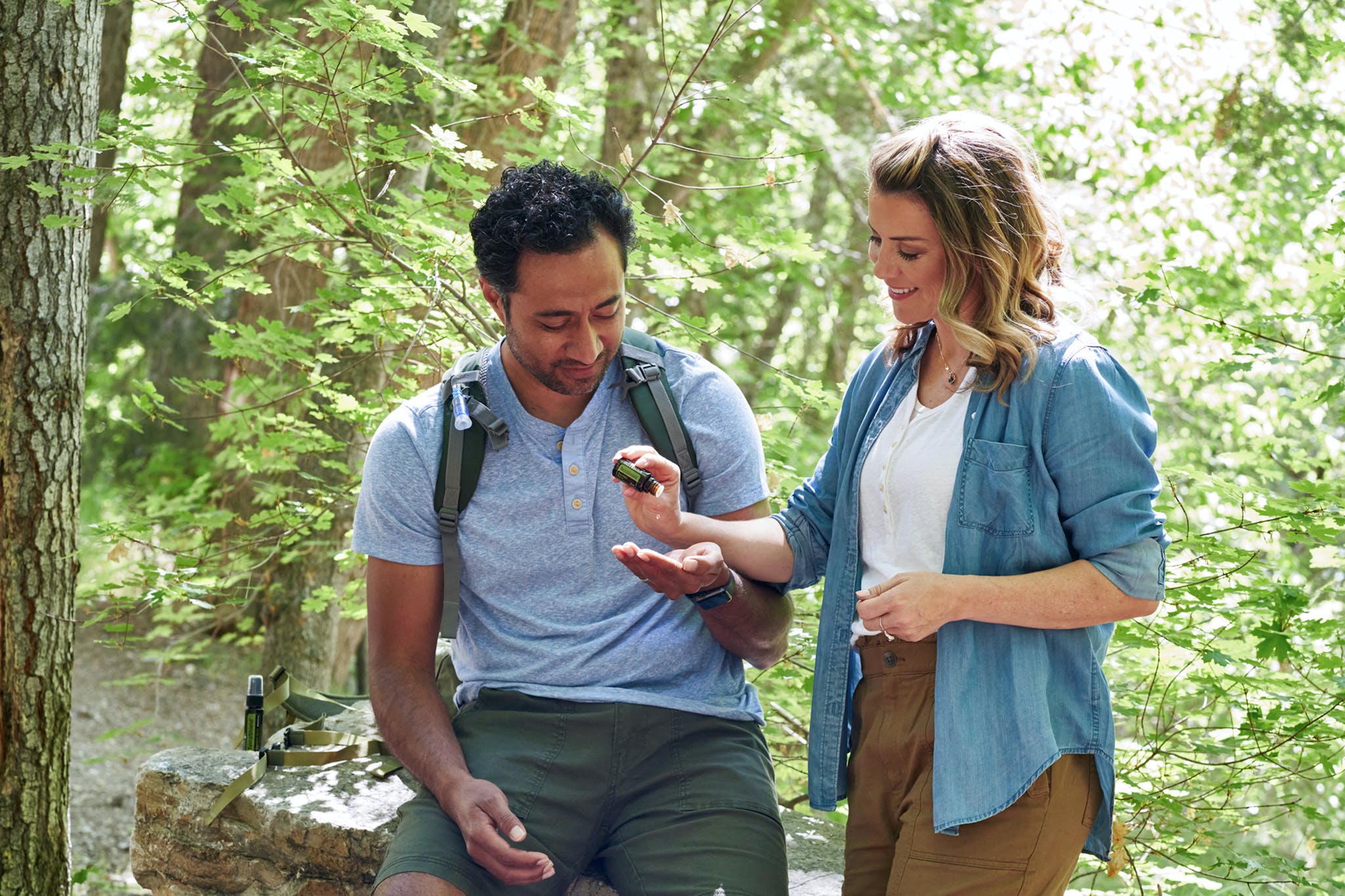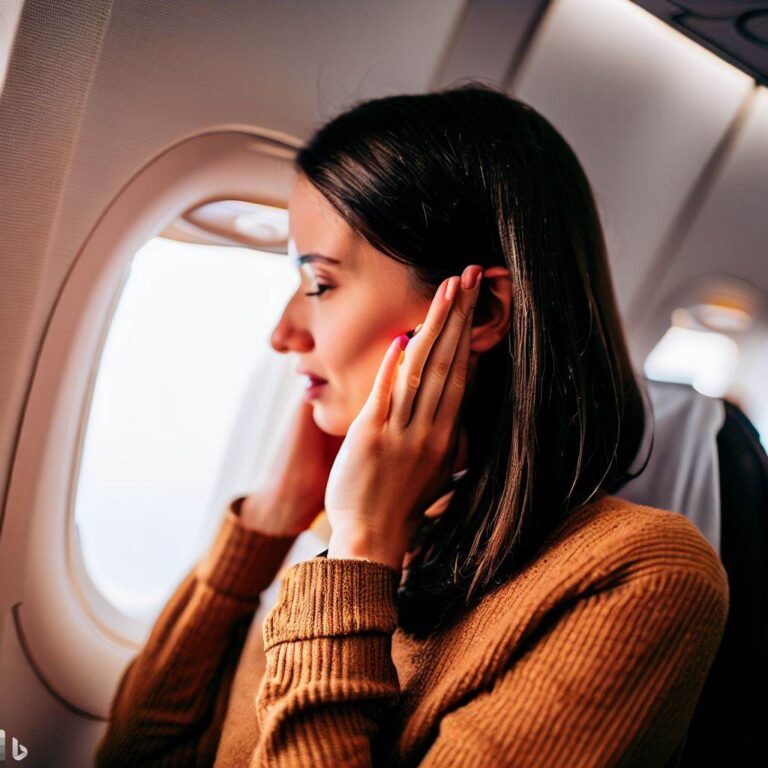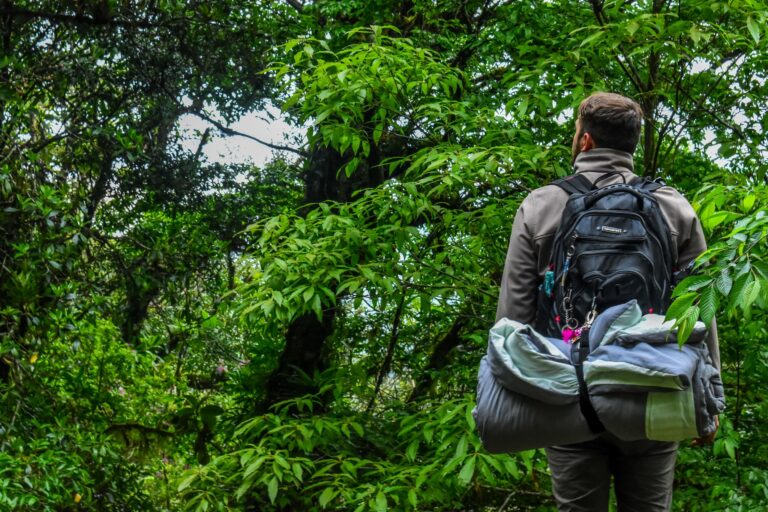Preventing Mosquito Bites
Mosquitoes aren’t just annoying, but they can become a significant threat to your health as they are common carriers of some severe diseases. If you are traveling to a country that is endemic to a particular vector-borne disease, it would be important to know how to prevent mosquito bites from occurring in the first place.
Mosquito-borne diseases are responsible for hundreds of thousands of deaths each year. According to the World Health Organization, malaria alone is one of the deadliest mosquito-borne diseases. It has killed an estimated 409,000 people in 2019, with children under five years old being the most vulnerable. But malaria isn’t the only threat these miniature menaces carry. Mosquitoes are also known vectors of other diseases such as Dengue fever, Zika virus, West Nile virus, and Chikungunya, among others.
These illnesses pose a substantial risk, especially in tropical and subtropical regions where mosquito populations thrive. However, globalization and climate change have led to the spread of mosquitoes into new areas, increasing the risk of mosquito-borne diseases worldwide.
There are countless products on the market and choosing the best mosquito repellent for your needs can be challenging.
The first thing you may want to consider is to visit your local travel health clinic and identify if you will be exposed to certain types of mosquito diseases. Then, you may learn your different preventative options.
Ideally, you want to purchase your insect repellent before your trip. The curated list of recommended products in this post has their registration number verified by the EPA’s Approved List. Note: If you are doing your research from outside of the US, please consider your own research as regulations for mosquito repellent types will vary by country.
This post will guide you through understanding the threat of mosquitoes, what mosquito repellents are, the different available types, and how to choose the best one for your next international trip.
How to Choose the Best Mosquito Repellent for Travel
When it comes to selecting a mosquito repellent for your travels, there’s more to consider than just grabbing the first product off the shelf.
You need to think about factors such as effectiveness, safety, duration of protection, and comfort. It’s also crucial to take into account destination-specific factors like the species of mosquitoes you’ll encounter and disease prevalence in the area. Let’s delve into these considerations.
Consider safety and effectiveness
The primary purpose of a mosquito repellent is to protect you from mosquito bites. Hence, its efficacy should be your top priority.
Look for products that have been validated by EPA testing. You will find an EPA registered number if they have been approved.
While most mosquito repellents are safe for general use, some people may have allergic reactions to certain ingredients. Always check the product label for any potential allergens, especially if you have sensitive skin or known allergies. Consider purchasing an item early enough before your trip and applying it to a small area of your arm to test for any allergic reactions.
Furthermore, certain repellents may not be suitable for children or pregnant women, so it’s crucial to verify this information before making a purchase.
Consider the product’s protection duration
If you are traveling to an area of high prevalence of mosquitoes, you’d want a repellent that can offer longer lasting protection. This can vary by product and range from a few hours to an entire day.
Keep in mind that factors such as sweating and swimming can reduce the effectiveness of a repellent, so you might need to reapply it more frequently in such cases.
For example, consider what types of outdoor activities you plan on doing and anticipate how long your outdoor exposure may be. When visiting a Travel Health clinic, health professionals can help you identify specific risks of your itinerary.
Spray, lotion, wipes, or patches?
The kind of product formulation isn’t as important as the product’s ingredients. Ultimately, if the product contains the adequate recommended amount for protection, the type of formulation is more for your preference.
Generally, lotion type products have a longer protection time than spray or wipe products. The downside of lotion products is that it can feel greasy thus uncomfortable for some people. For example, if you plan to have more extensive outdoor activities such as long hours outdoors hiking, you may want to consider a lotion product that will have a longer protection time.
If you wish to add additional protection to your clothing, you may want to consider a spray product. For example, some picaridin products are safe to apply on clothing.
If you want to ensure adequate coverage across your body’s surface area, generally lotion or wipe products cover more than when spraying a product directly onto your skin. Note: If you are using a spray product, we recommend you spray the product on your hands and then applying to your exposed skin area. Always remember, to wash your hands after application to avoid accidental ingestion if you are touching your eyes, nose or mouth.
Patches or repellent bracelets provide a convenient, mess-free option. They can be stuck onto clothing, bags, or strollers, emitting a scent that deters mosquitoes. This hands-off approach is especially beneficial for children who might not sit still for sprays or lotions. However, patches generally provide a smaller range of protection and might not be sufficient in high-risk areas. These products can be used as supplemental to a lotion or spray form but should not be used alone. For the purpose of this post, we would not be recommending any insect-repellent patches.
What are the different types of insect repellents?
You will find both chemical and non-chemical products on the market. Ultimately, mosquito repellents should work to ward off mosquitoes by disrupting a mosquito’s sense of smell, making it harder for them to detect areas to feed on a human.
While natural repellents are generally considered safer and more environmentally friendly, they may not provide as effective or long-lasting protection as their chemical counterparts.
For the purpose of this post, our curated list of products will be based off CDC recommendations and products that have been approved by the EPA for use after being tested for safety and efficacy.
DEET (N, N-diethyl-meta-toluamide)
DEET (N, N-diethyl-meta-toluamide) is the most widely used and effective mosquito repellent available in the market. It was developed by the US Army in 1946 and has been used by millions of people since then.
DEET works by masking the scent of carbon dioxide and lactic acid produced by our bodies, which attracts mosquitoes. It is effective against a wide range of mosquito species and can provide protection for up to 8 hours depending on the concentration.
The EPA has determined that DEET-based products continue to be safe to use as long as they are used properly and in the correct amounts. Products containing DEET continue to show significant benefits over other products when it comes to repelling mosquitoes and ticks.
It is safe to use in children as well. You can read more about their research here. Note: Children under 10 should not apply repellent directly themselves and should not be applied to young children’s hands or around their eyes and mouth. Avoid putting it on wounds or broken skin.
Picaridin
Picaridin is a repellent chemical compound that was first developed in the 1980s. It is similar to DEET in terms of effectiveness and duration of protection, but it has a milder odor and is less likely to cause skin irritation.
Picaridin is also safe to use on clothing and gear, unlike DEET. It is effective against a wide range of mosquito species and can protect for up to 8 hours depending on the concentration.
Picaridin is also safe to use on children without age restriction. You can read more on how to properly apply insect repellent on children here.
IR3535
IR3535 is a synthetic compound that mimics a naturally occurring amino acid in fish. It’s been used in Europe for over 20 years and has recently become available in the U.S. IR3535 provides up to 8 hours of protection against mosquitoes and is less likely to cause skin irritation than DEET. However, it’s not as effective as DEET or picaridin and may need to be reapplied more frequently.
Oil of Lemon Eucalyptus (OLE)
Products containing Oil of Lemon Eucalyptus (OLE) or PMD as the main ingredient is a synthetic version of natural OLE.
Take note that any natural insect spray labeled as “Pure” or “Natural” lemon eucalyptus oil has NOT been tested or registered with the EPA as a proven insect repellent spray alternative, so the CDC does not recommend its use in its “pure” form.
Note: The CDC does not recommend children to use OLE
Permethrin Fabric Treatment for Clothing and Gear
Permethrin is an insecticide that acts as a pesticide and repellent. You can use this to treat your clothing, hats, shoes, jackets, safari gear, and mosquito nets for supplemental protection. Permethrin-treated clothing should be allowed to dry for at least 24 hours before wearing them. Permethrin-treated clothing can provide protection for up to 6 washes or 6 weeks of use, whichever comes first.
Permanon and Sawyer, Permethrin, Repel, and Ultrathon Permethrin Clothing Treatment are products registered with the EPA for clothing and items. Be sure to follow product instructions for proper handling and usage.
As with any product, be sure to review whether the permethrin sprays or permethrin repellents you use are registered with the EPA.
Alternatively, you could also find insect-repellent clothing already pretreated with permethrin and these products in the United States should be marketed as Insect Shield, BugsAway, or Insect Blocker.
Conclusion
To summarize, the type of product you choose to purchase will depend on where you are going, what type of activities you plan to do on your trip, and your personal preferences.
This curated list is to help guide you to some products that we have verified to be tested by the EPA. Always verify your purchase yourself by confirming that it has an EPA-registered number.
If you are concerned for skin sensitivity and allergens, consider purchasing a product early enough to complete a skin patch test to see if you would react. It is best to identify these issues before you are abroad.
If you are considering using patches or any other non-approved products, consider them only as secondary or supplemental protection. Ultimately, we recommend what the CDC has recommended.
Preventing mosquito bites is the best way to prevent any transmission of mosquito diseases so consider finding a product that will work best for you and your family.
Happy travels!
TravelHealthInsider.com may earn a commission on purchases made through these links at no additional cost to you. We are a participant in the Amazon Services LLC Associates Program, an affiliate advertising program designed to provide a means for us to earn fees by linking to Amazon.com. These product recommendations are provided for informational purposes only and should not be considered an endorsement or guarantee of suitability. Individuals are encouraged to conduct their own due diligence to ensure the products meet their specific needs.
Post last updated: 1/4/2025























